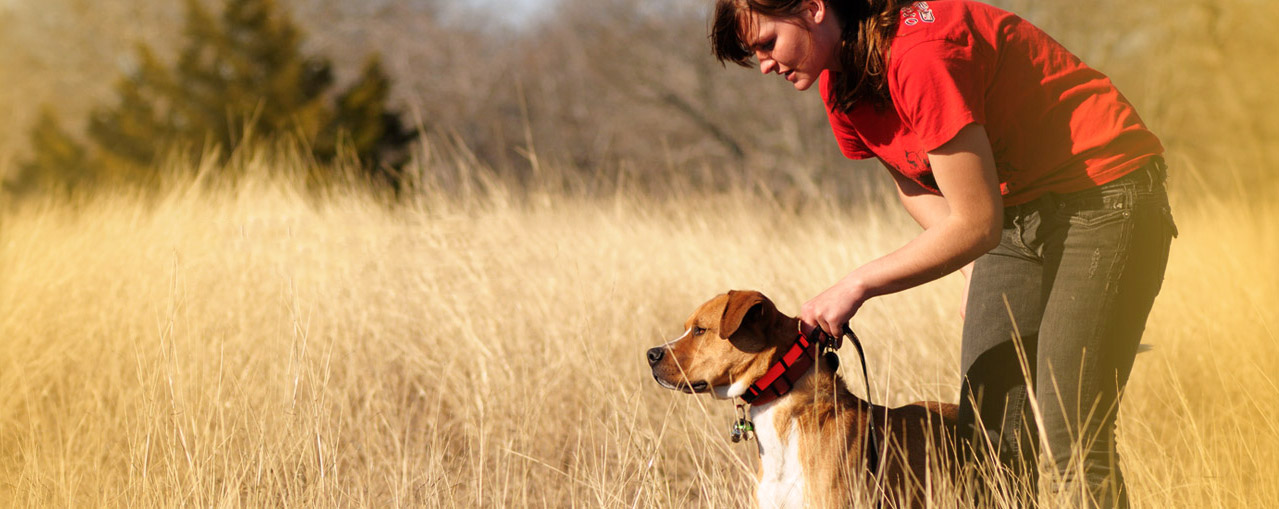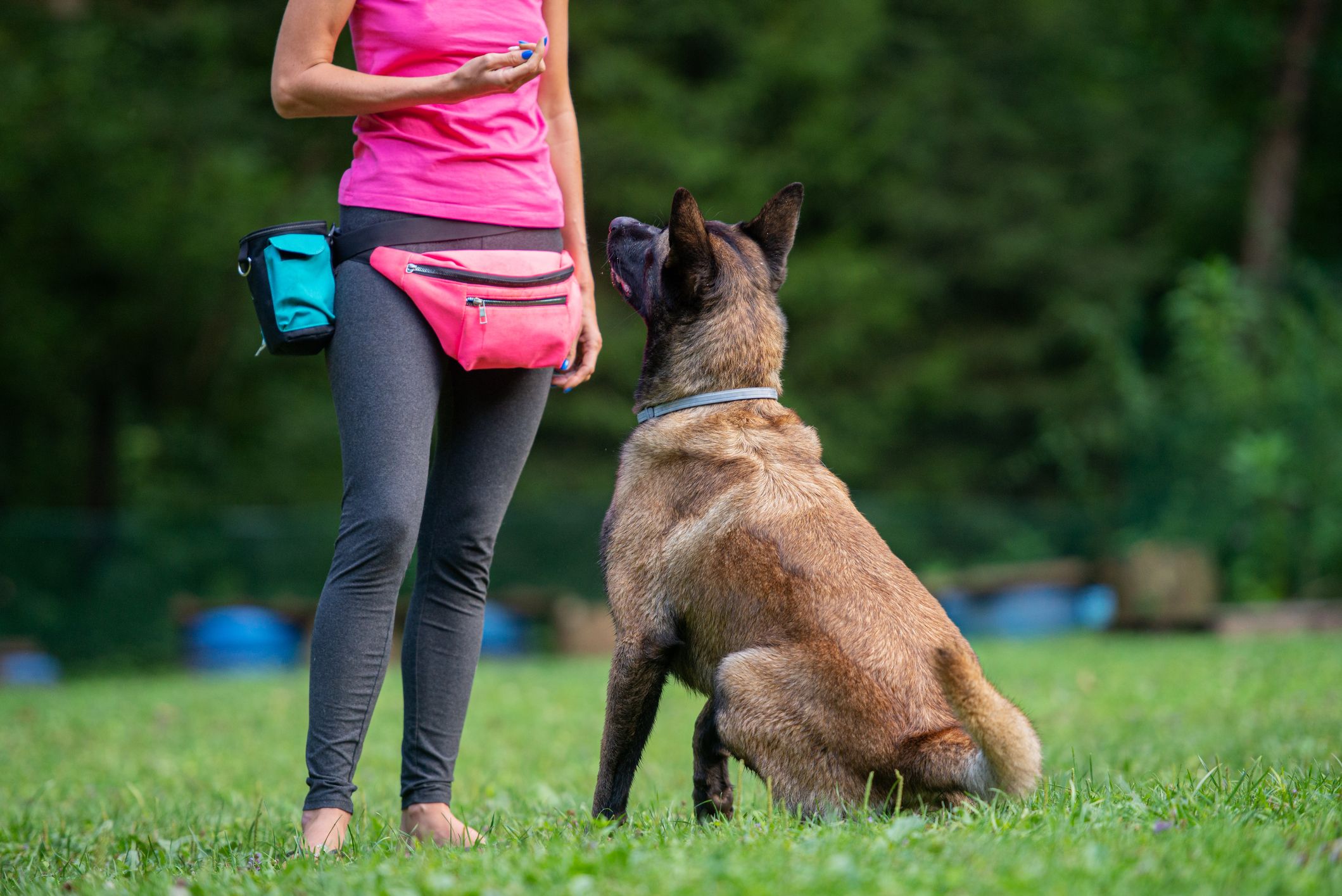Change Your Family Pet with These Specialist Dog Training Tips
Change Your Family Pet with These Specialist Dog Training Tips
Blog Article
Essential Tips for Successful Dog Training: An Overview for Pet Owners
Effective canine training is a complex process that requires a critical strategy customized to both the pet's personality and the owner's objectives. Understanding just how to navigate these obstacles can dramatically boost the training experience, inevitably transforming the relationship in between proprietor and pet.
Comprehending Canine Actions
Recognizing pet habits is essential for reliable training and promoting a harmonious relationship between pooches and their proprietors. dog training. Pets interact primarily through body language, articulations, and activities, making it important for owners to translate these signals accurately.

Socialization plays a considerable duty in canine habits; exposure to different settings, people, and various other animals can substantially impact a pet dog's temperament. Moreover, elements such as breed qualities and private temperament need to lead training techniques, as some types might have certain behavior qualities that demand customized approaches. By comprehending these elements, owners can create a helpful setting that urges positive actions, causing successful training results and a much deeper bond with their animals.
Establishing Regular Commands
Efficient interaction with your pet begins with developing regular commands. This fundamental aspect of training is crucial for cultivating understanding in between you and your pet dog. Uniformity in the commands you make use of makes sure that your dog can accurately connect specific words or phrases with the preferred habits.
When selecting commands, choose clear, unique words that are easy to differentiate and state from one an additional. Avoid making use of similar-sounding commands that might confuse your dog. For instance, making use of "sit" and "stay" is ideal, however "sit" and "hit" could result in misconceptions.
In addition, keep the same tone and volume for each and every command. Pets are delicate to singing hints, so differing your tone can develop complication.
It is similarly crucial to make certain that all member of the family are on the very same web page regarding the commands used. A united front in command usage will certainly stop blended signals and enhance the understanding procedure.
Positive Reinforcement Techniques
The power of positive support in pet dog training depends on its capacity to motivate preferred habits via rewards and praise. This strategy is grounded in the principle that behaviors complied with by beneficial end results are most likely to be repeated. By integrating positive reinforcement right into your training regimen, you can efficiently shape your canine's habits in a constructive fashion.
To implement positive support, it's crucial to determine what encourages your pet, whether it be deals with, toys, or verbal praise. When your dog carries out a desired action, such as resting on command, right away reward them with a treat or love. This organization between the command and the positive end result strengthens their understanding.
It's critical to timing the benefits appropriately; delivering the support within secs of the desired habits aids your canine make the link (dog training). Additionally, uniformity is vital-- make sure that all member of the family utilize the same commands and benefit systems to stay clear of confusion

Slowly, you can lower the frequency of treats as your pet learns the habits, transitioning to commend or periodic benefits. This method not only cultivates a strong bond in between you and your pet dog yet also promotes a positive understanding environment, making training a satisfying experience for both.
Socialization and Interaction
Regularly revealing your dog to a range of atmospheres, individuals, and various other pets is important for their social development. Socialization ought to start early, ideally throughout the essential window of 3 to 14 weeks, when pups are most responsive to brand-new experiences. Nonetheless, older pets can also take advantage of continuous socializing initiatives.
Present your pet to various setups, such as parks, pet-friendly shops, and metropolitan areas. This direct exposure helps visit this web-site them adapt to numerous stimulations, reducing anxiousness and concern feedbacks. Urge positive interactions with various other dogs and people, ensuring that these encounters are regulated and risk-free to foster confidence.
Use structured playdates with courteous pet dogs, as this can enhance your canine's social abilities and teach them ideal habits. Obedience courses and training sessions also provide outstanding opportunities for socializing, allowing your pet dog to engage with others in a supervised environment.
Display your dog's body language during interactions, as this will assist you assess their comfort degree. Slowly increase exposure to more tough circumstances while making sure that each experience declares. A well-socialized pet is more probable to exhibit balanced behavior, making them a happiness to have in any setting.
Resolving Typical Training Difficulties
Every canine proprietor will certainly run into training obstacles at some time, no matter of their pet's age or socializing level. Identifying common concerns such as stubbornness, distractions, and fearfulness can aid in creating efficient strategies for renovation.
Distractions during training sessions can derail focus. To combat this, start training in a quiet atmosphere with very little stimuli. Slowly introduce interruptions as the pet dog ends up being a lot more proficient in commands. Short, frequent training sessions are also effective in maintaining focus.
Terror can prevent a pet's knowing process. Progressive desensitization to the resource of concern, paired with favorable support, can help ease anxiety. Patience is vital; never compel a pet right into a situation that causes Visit This Link distress, as this might exacerbate the problem.
Eventually, understanding and attending to these common obstacles with an organized method will promote a more effective training experience, enhancing the bond between pet and owner while promoting efficient knowing.
Verdict
In summary, effective canine training relies on a thorough understanding of canine habits, the facility of constant commands, and the application of favorable reinforcement strategies. Socialization plays a crucial function in developing well-adjusted family pets, while addressing typical training challenges needs patience and versatility. By implementing these necessary techniques, pet dog owners can promote a solid bond with their canines and advertise preferable behaviors, eventually leading Visit Website to a harmonious partnership in between humans and their canine buddies.
Recognizing canine habits is essential for efficient training and promoting an unified connection between dogs and their proprietors.Socialization plays a significant duty in pet behavior; exposure to numerous settings, people, and various other animals can dramatically influence a canine's character.The power of positive support in pet training exists in its ability to encourage preferred habits with incentives and appreciation. By including positive reinforcement into your training regimen, you can efficiently shape your pet dog's habits in a positive fashion.
In recap, effective pet training counts on a comprehensive understanding of canine behavior, the establishment of consistent commands, and the application of positive reinforcement methods.
Report this page